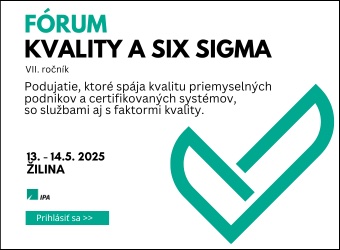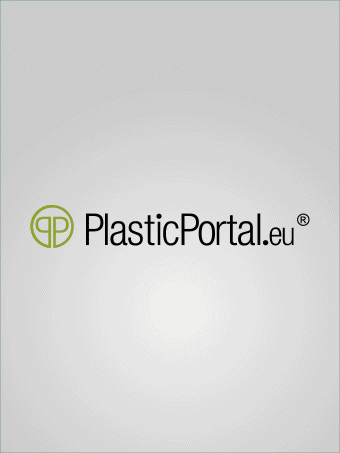The content of bioplastics can be verified by the radiocarbon method
In recent years, Greenwashing has forced brand owners to look for creative solutions to prove that their packaging materials are truly plant-based. The 14C carbon isotope monitoring method, commonly associated with the dating of archaeological finds, can verify that the packaging contains the advertised proportion of bioplastics.
More consumer goods packagers are turning to renewable, plant-based plastic, or a combination of petroleum- and plant-based polymers, for their packaging. A time-honored test method — one linked more closely to archaeology than packaging — can help them prove that the package contains the advertised amount of bio-based plastic. That method is radiocarbon testing.
Typically used to estimate the age of fossils and other ancient organic materials, radiocarbon (aka carbon-14) testing is useful for analyzing plastic materials because of their carbon content.
Using test methods that determine the relative concentrations of carbon-14 isotopes in a packaging sample, technicians can calculate how much of the material is plant-based through the percentage of carbon-14 present — versus petroleum-based.
For example, if a packaging material is found to have 75% carbon-14, the material contains 75% renewable, plant-based plastic and 25% petroleum-based plastic.
 | |
Authenticating sustainable packaging claims with scientific proof has grown more important as greenwashing — the practice of making false claims about environmental friendliness — has become commonplace, turning consumers into skeptics.
Sustainability certifications are a way to overcome that skepticism, and some third-party certification organizations rely on the results of radiocarbon testing to authenticate the plant-based and petroleum-based content of a plastic product or package.
The US Department of Agriculture (USDA) BioPreferred Program offers the USDA Certified Biobased Product label, for example, and testing/certification company TÜV Austria provides “OK biobased” certification.
“The USDA BioPreferred Program’s voluntary product label qualification requires ASTM D6866 measurements from a ISO 9001-conformant lab,” says Jordan Turner, marketing coordinator with Beta Analytic, a lab that meets both of these criteria and is one of only two approved testing labs for bio-based-content analysis. Beta uses the accelerator mass spectrometry method to perform radiocarbon testing.
- autor:
- red.






.jpg)


